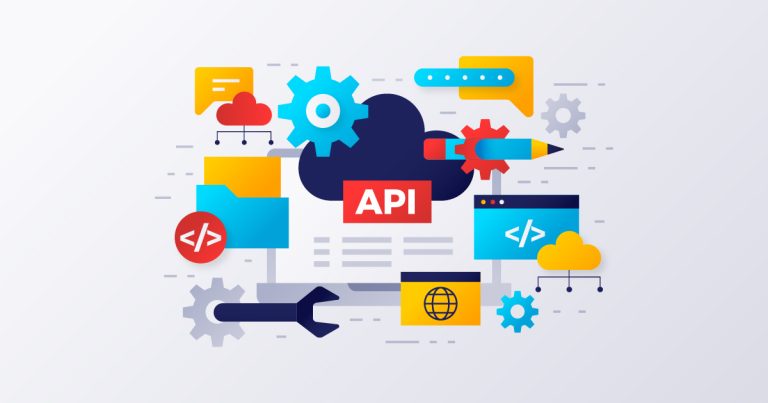
Understanding API Protocols: A Deep Dive
In the world of software development, Application Programming Interfaces (APIs) play a crucial role in enabling disparate systems to communicate and share data with each other. At the heart of these interactions lie API protocols, the rules and standards that govern how APIs exchange information. This article will explore the most widely used API protocols, their unique characteristics, and how they fit into the broader ecosystem of web services.
What are API Protocols?
API protocols are sets of rules and standards designed to enable seamless communication between different software applications. These protocols dictate how requests and responses are formatted, transmitted, and processed across the web, ensuring that developers can build interoperable systems that work together efficiently.
HTTP/HTTPS
The HyperText Transfer Protocol (HTTP) and its secure variant, HTTPS, are the foundation of data communication on the World Wide Web. HTTP defines a set of methods (such as GET, POST, PUT, and DELETE) that describe actions to be performed on resources (identified by URLs). HTTPS adds a layer of encryption to protect the data in transit, using protocols like SSL/TLS. Most APIs leverage HTTP/HTTPS due to their ubiquity and support across the internet.
REST
Representational State Transfer (REST) is not a protocol per se but an architectural style that uses HTTP/HTTPS methods in a stateless, client-server communication model. RESTful APIs are designed around the concept of resources, each identified by a URL. They use HTTP methods to perform CRUD (Create, Read, Update, Delete) operations, making them intuitive and easy to use. REST emphasizes simplicity, scalability, and statelessness, making it a popular choice for web services.
SOAP
Simple Object Access Protocol (SOAP) is a protocol based on XML for exchanging structured information in a decentralized, distributed environment. SOAP APIs are known for their strict standards, including security, transactional reliability, and predefined rules for messaging. Unlike REST, which can use various formats, SOAP exclusively uses XML, making it more verbose but also more extensible and with built-in error handling.
GraphQL
GraphQL is a query language for APIs developed by Facebook. It allows clients to request exactly the data they need, making it highly efficient for complex systems with interrelated data. Unlike REST, where the server defines the structure of the response, in GraphQL, the client specifies the shape of the response, reducing the amount of data transferred over the network and improving performance.
WebSockets
WebSockets provide a full-duplex communication channel over a single, long-lived connection, allowing for real-time data transfer between a client and a server. This is particularly useful for applications that require constant data updates, such as live chat applications and real-time gaming. WebSockets operate independently of HTTP, enabling them to maintain a persistent connection after the initial handshake over HTTP/HTTPS.
Choosing the Right Protocol
The choice of an API protocol depends on several factors, including the specific requirements of the application, the nature of the data being exchanged, security considerations, and the need for real-time communication. For most web applications, REST over HTTPS offers a good balance between performance, simplicity, and flexibility. SOAP remains relevant for enterprise environments that require strict messaging standards and security. GraphQL is an excellent choice for applications with complex data models and the need for efficient data retrieval. Lastly, WebSockets are ideal for applications that require real-time bidirectional communication.
API protocols are the backbone of modern web services, enabling seamless and efficient communication between disparate systems. Understanding the nuances of each protocol and their best use cases can help developers design more effective and scalable APIs. As technology evolves, we may see new protocols and standards emerge, but the principles of interoperability, efficiency, and security will remain paramount. By mastering these protocols, developers can ensure their applications are robust, flexible, and capable of integrating with the vast ecosystem of web services.